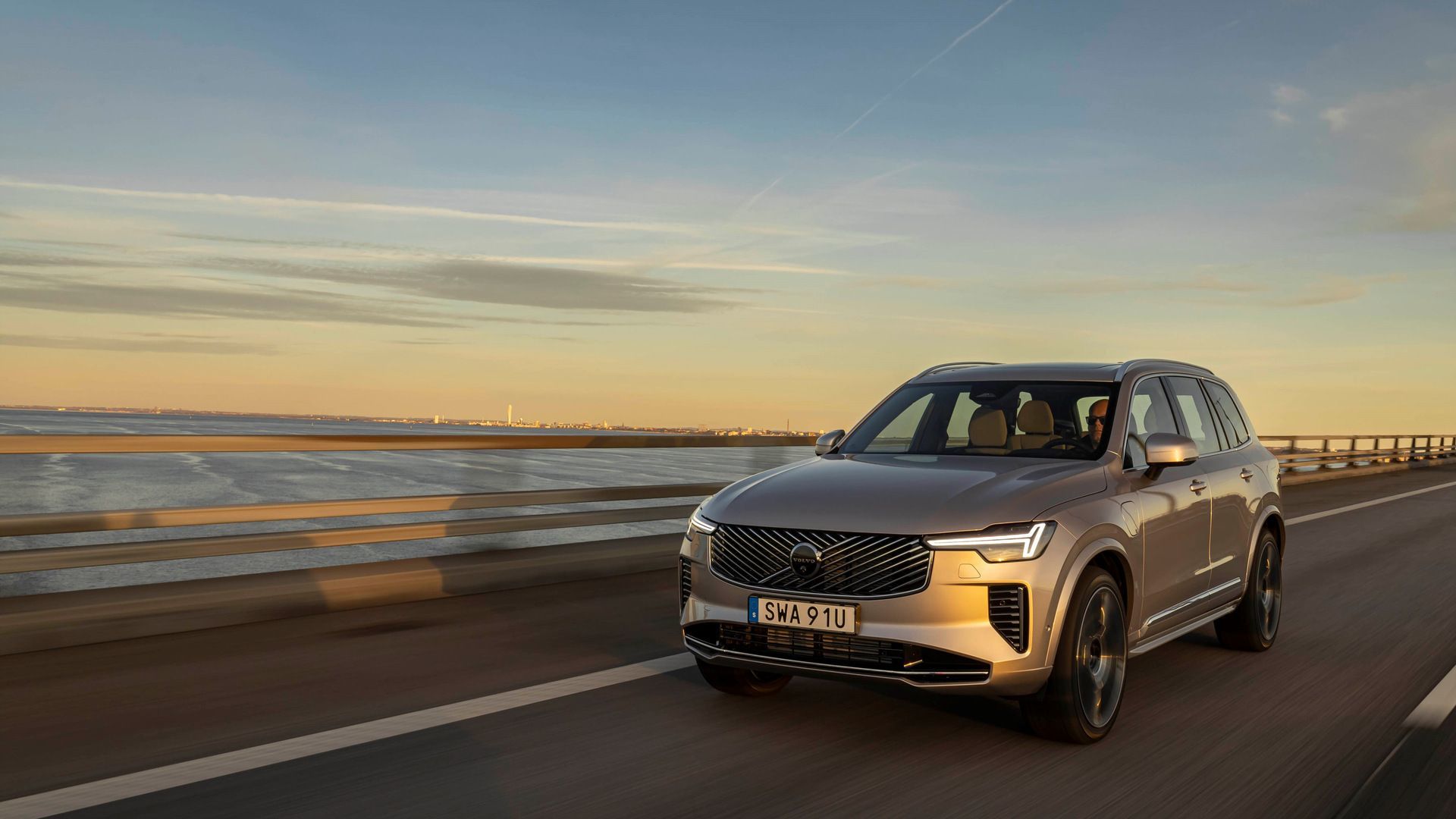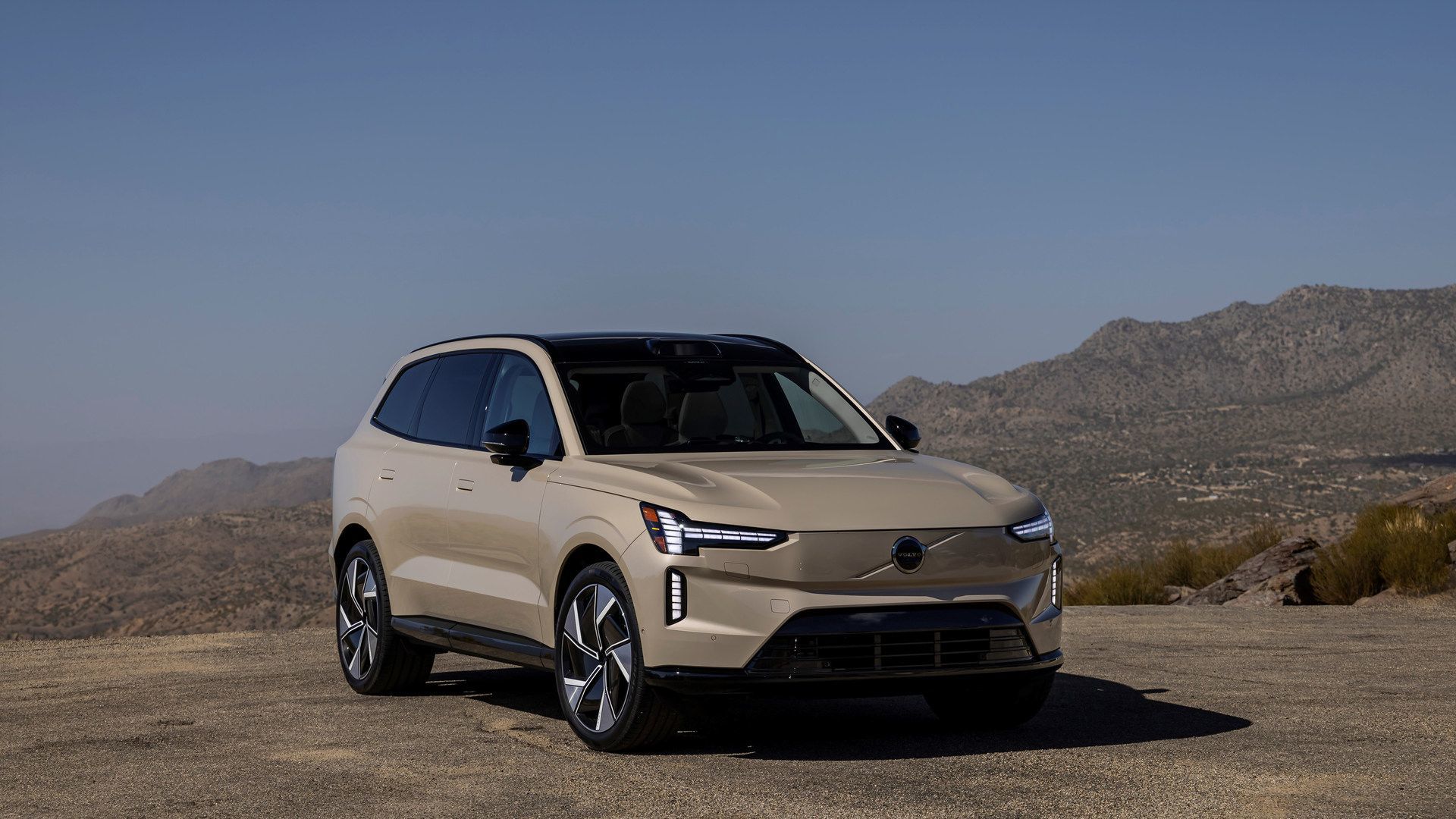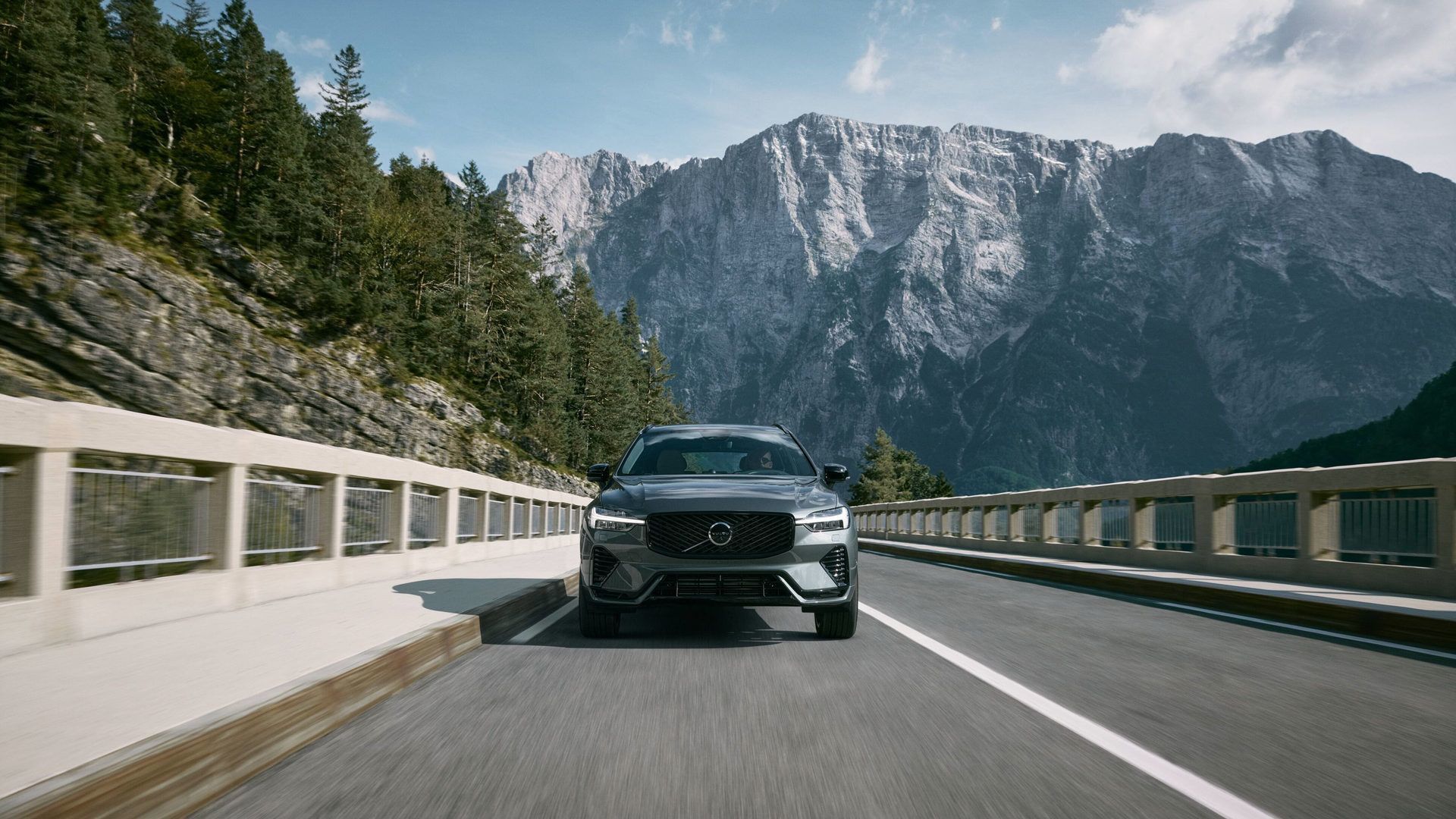
What Mississauga Drivers Should Know Before Buying a Plug-In Hybrid
Plug-in hybrid vehicles occupy a unique space in today's automotive landscape. They provide electric driving for your daily commute while...
Read moreVolvo Cars Mississauga
In the ever-evolving landscape of the automobile industry, safety remains an indispensable priority. Swedish car manufacturer Volvo, renowned for its high standard of safety, is leading the game with its advanced Collision Avoidance Technology. In this article, we delve into the details of this technology, unraveling the secrets behind Volvo's commitment to "Zero Accidents."
A Legacy of Safety
From the three-point seat belt to side-impact protection, Volvo has an illustrious history of safety innovations that have revolutionized the auto industry. Today, the company is heralding another revolutionary wave of safety technology through its cutting-edge collision avoidance systems, which forms a key pillar of Volvo's ultimate goal – no more fatalities or serious injuries in a new Volvo car.
Collision Avoidance Technology - The Basics
Volvo's Collision Avoidance Technology leverages the power of sensors, radars, and cameras to detect potential threats, and implements corrective actions to avoid them. This suite of safety features, collectively known as IntelliSafe, includes City Safety, BLIS (Blind Spot Information System), Cross Traffic Alert, and Rear Collision Warning, among others.
City Safety
A cornerstone of IntelliSafe, City Safety is an automatic braking system designed to prevent or mitigate collisions with vehicles, pedestrians, cyclists, and large animals, both day and night. The system uses an array of radar and camera technologies to monitor the road ahead, alerting the driver of potential hazards and applying the brakes if the driver doesn't respond in time.
Blind Spot Information System (BLIS)
BLIS employs rear-facing radar sensors to detect vehicles in your blind spot during a lane change and provides a visual warning on the respective side mirror. If you signal a lane change while a vehicle is in your blind spot, BLIS will also send an audible warning.
Cross Traffic Alert
When reversing out of a parking space, the Cross Traffic Alert system uses radar sensors to alert drivers of approaching traffic from the sides. It can even apply brakes automatically in case of a potential collision, ensuring a safer maneuver.
Rear Collision Warning
This system anticipally warns the driver of impending rear-end collisions, tightening seat belts and activating hazard lights at a high frequency to alert the driver behind. If a collision is unavoidable, it will also activate the brakes to mitigate the impact.
Cutting-Edge Tech for Safer Roads
Volvo is using machine learning and artificial intelligence to refine these systems further. The company's pilot assist system is designed for semi-autonomous driving, utilizing adaptive cruise control and lane-keeping aid, making highway driving safer and more relaxed.
The Road Ahead
Volvo's journey to collision avoidance technology is not just about building safer cars; it's about redefining the very landscape of automotive safety. By integrating advanced radar systems, cameras, AI, and machine learning into their vehicles, Volvo has illustrated their commitment to a future where car accidents are a thing of the past.
Volvo's Collision Avoidance Technology is not just an incremental step in car safety; it's a leap towards a safer future. In their steadfast dedication to "Zero Accidents," Volvo is defining the future of road safety, and we can't wait to see where this journey leads.

What Mississauga Drivers Should Know Before Buying a Plug-In Hybrid
Plug-in hybrid vehicles occupy a unique space in today's automotive landscape. They provide electric driving for your daily commute while...
Read more
2025 Volvo EX90: Understanding Trim Levels and Features
Volvo's flagship electric SUV arrives with two distinct trim configurations. The 2025 EX90 Twin Motor Plus establishes the baseline equipment...
Read more
5 Safety Features That Make 2026 Volvo SUVs Stand Out in Ontario
Safety has been Volvo's calling card since the company invented the three-point seatbelt in 1959 and made the patent freely available to the entire...
Read more